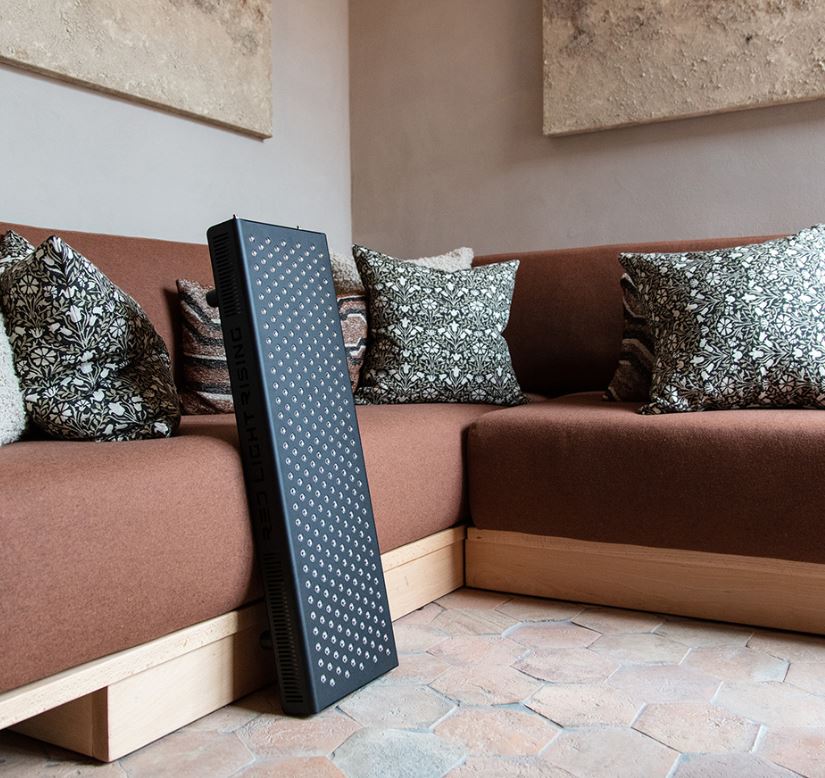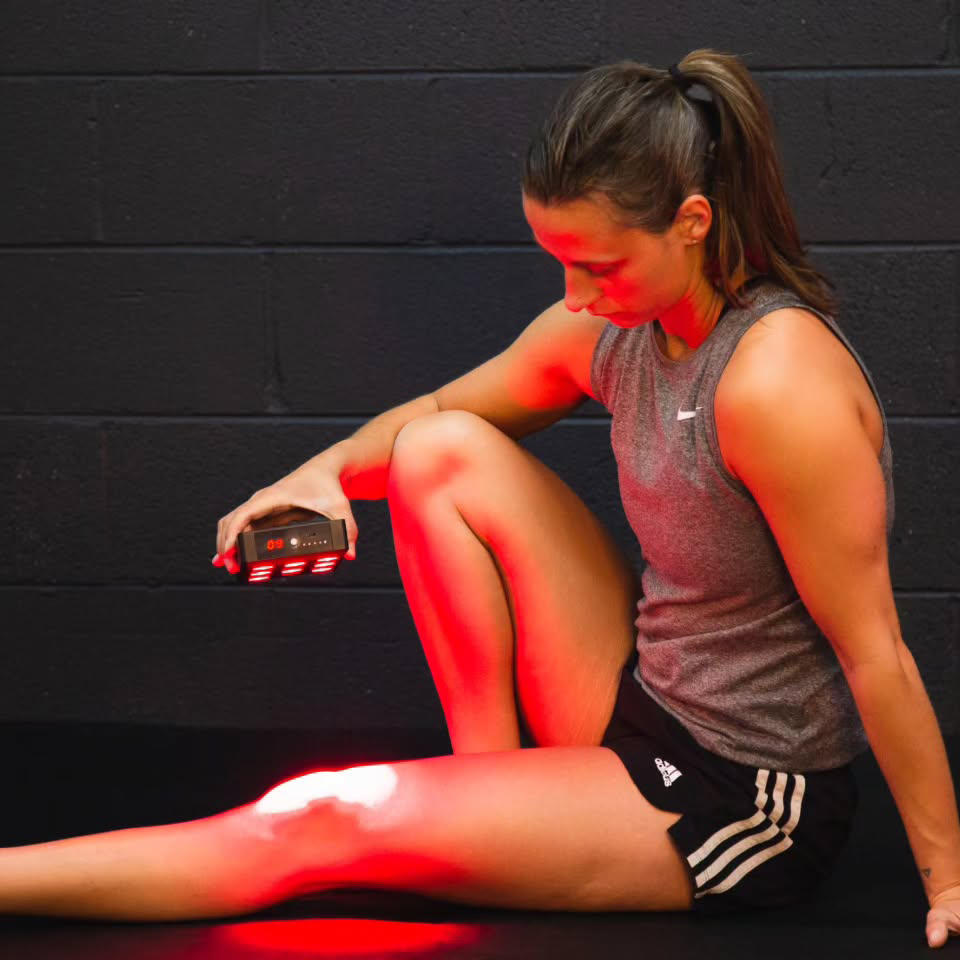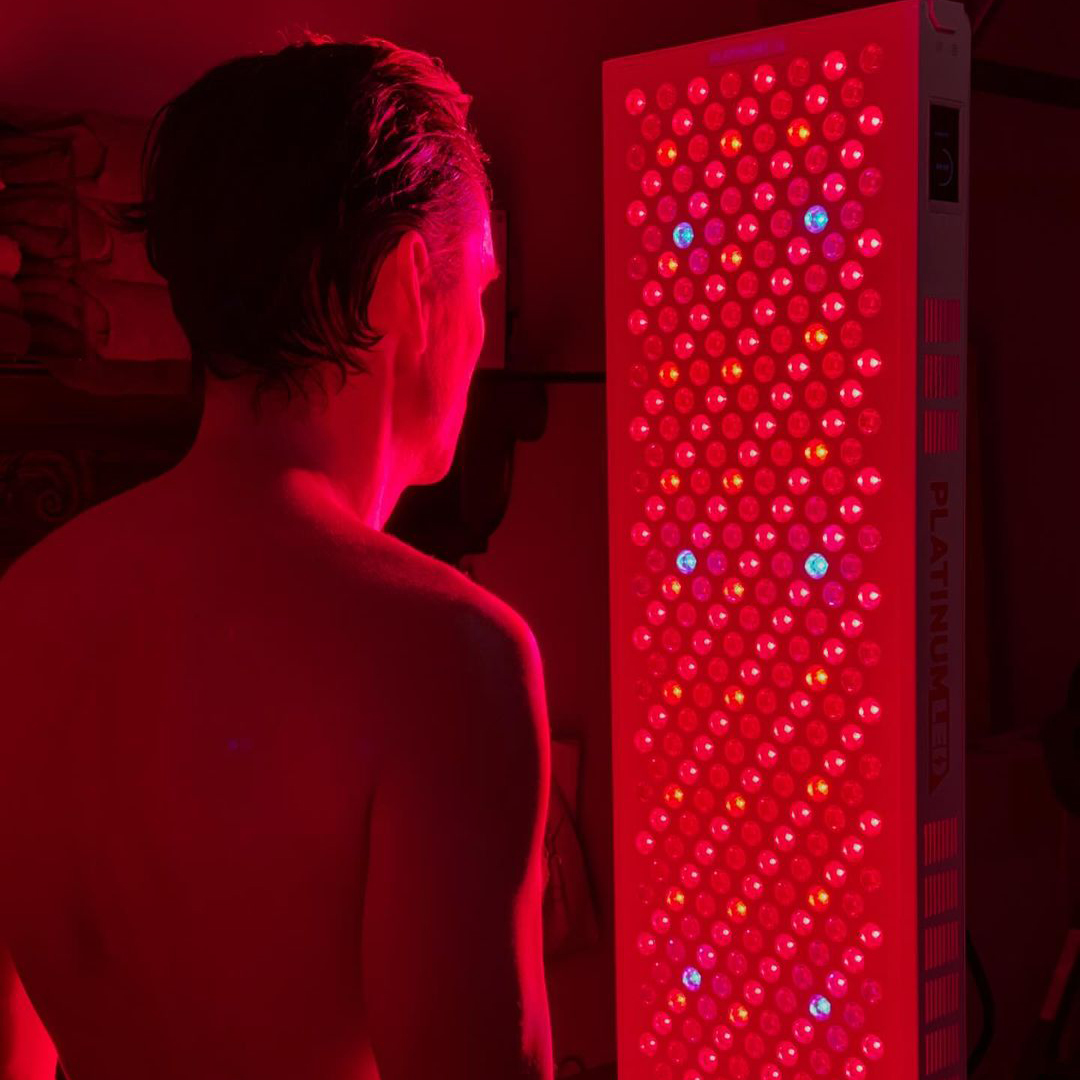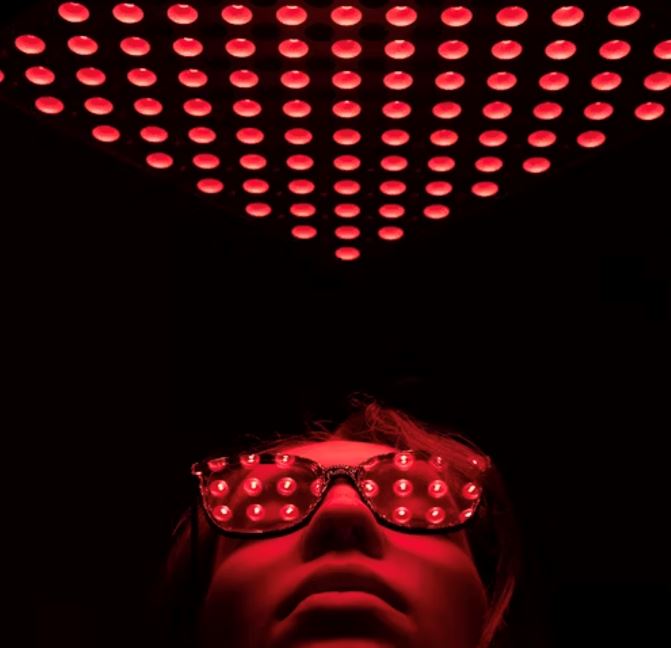![]() Free Shipping
Free Shipping ![]() Buy Now, Pay Later
Buy Now, Pay Later ![]() Eligible
Eligible
Is Red Light Therapy the Secret to Faster Recovery from DOMS?

If you’ve ever pushed yourself through an intense workout—whether it’s weightlifting, HIIT, or a long run—you’ve likely experienced delayed onset muscle soreness (DOMS). That deep, aching stiffness that sets in 24 to 72 hours after exercise can be brutal, making even simple movements like sitting down or climbing stairs a challenge.
While stretching, foam rolling, and ice baths are common recovery strategies, a newer contender has entered the scene: red light therapy (RLT). Could this non-invasive, painless treatment be the key to faster DOMS recovery? Let’s dive into the science, benefits, and real-world effectiveness of red light therapy for muscle recovery.
What Is DOMS, and Why Does It Happen?
DOMS occurs when muscles undergo microtears from unfamiliar or intense exercise. This damage triggers inflammation, swelling, and pain as the body repairs and strengthens the muscle fibers. While DOMS is a natural part of muscle adaptation, prolonged soreness can hinder performance and motivation.
Traditional recovery methods include:
- Rest and hydration
- Anti-inflammatory foods (like tart cherry juice or omega-3s)
- Foam rolling and massage
- Cold therapy (ice baths)
But what if there was a way to speed up cellular repair without drugs or extreme interventions? That’s where red light therapy comes in.
What Is Red Light Therapy?
Red light therapy (RLT), also known as low-level laser therapy (LLLT) or photobiomodulation, uses specific wavelengths of red and near-infrared (NIR) light to penetrate the skin and stimulate cellular energy production.
How Does It Work?
- The light is absorbed by mitochondria (the powerhouse of cells), boosting ATP (energy) production.
- This enhances cellular repair, reduces oxidative stress, and decreases inflammation.
- Increased blood flow helps deliver more oxygen and nutrients to damaged muscles.
Studies suggest RLT can:
✔ Reduce muscle fatigue
✔ Decrease inflammation
✔ Accelerate recovery time
✔ Improve performance in subsequent workouts
The Science Behind RLT and DOMS Recovery
Several studies have explored red light therapy’s effects on exercise recovery:
1. Faster Reduction in Muscle Soreness (2016 Study)
A study published in Lasers in Medical Science found that athletes who used near-infrared light therapy before and after exercise experienced less muscle soreness and strength loss compared to placebo groups.
2. Improved Muscle Performance (2018 Meta-Analysis)
A review of multiple studies in the Journal of Athletic Training concluded that RLT significantly reduced DOMS symptoms and helped maintain muscle strength post-exercise.
3. Reduced Inflammation (2020 Study)
Research in the European Journal of Applied Physiology showed that red light therapy lowered inflammatory markers like creatine kinase (CK) and lactate dehydrogenase (LDH), which are linked to muscle damage.
How to Use Red Light Therapy for DOMS
If you’re curious about trying RLT for muscle recovery, here’s how to incorporate it:
1. Pre-Workout Application
- Using red light before exercise may prime muscles for less damage and faster recovery.
- Studies suggest 5-20 minutes of exposure is effective.
2. Post-Workout Recovery
- Applying RLT within 30 minutes to 2 hours post-exercise can help reduce inflammation and speed up repair.
- Many athletes use handheld devices or full-body panels for targeted treatment.
3. Frequency Matters
- For best results, consistent use (3-5 times per week) may be more effective than occasional sessions.
Does Red Light Therapy Really Work? Real-World Feedback
While research is promising, personal experiences vary. Some athletes swear by RLT, reporting:
- Noticeably less soreness after intense training
- Quicker return to peak performance
- Better sleep and overall recovery
However, skeptics argue that:
- Effects may be subtle compared to other recovery methods
- Device quality matters—cheap, low-power units may not deliver results
- Individual responses differ based on genetics and fitness levels
Final Verdict: Should You Try Red Light Therapy for DOMS?
Red light therapy shows strong scientific backing for reducing muscle soreness and speeding recovery. While it’s not a magic cure, it can be a valuable addition to your recovery toolkit—especially if you train intensely or compete.
Who Might Benefit Most?
- Endurance athletes (runners, cyclists)
- Strength trainers & bodybuilders
- Rehab patients recovering from injury
- Anyone struggling with chronic muscle soreness
Best Ways to Try RLT:
- At-home devices (like Joovv, Red Rush, or Mito Red Light)
- Professional clinics (sports medicine centers, chiropractors)
If you’re tired of DOMS slowing you down, red light therapy might just be the recovery boost you’ve been waiting for.





